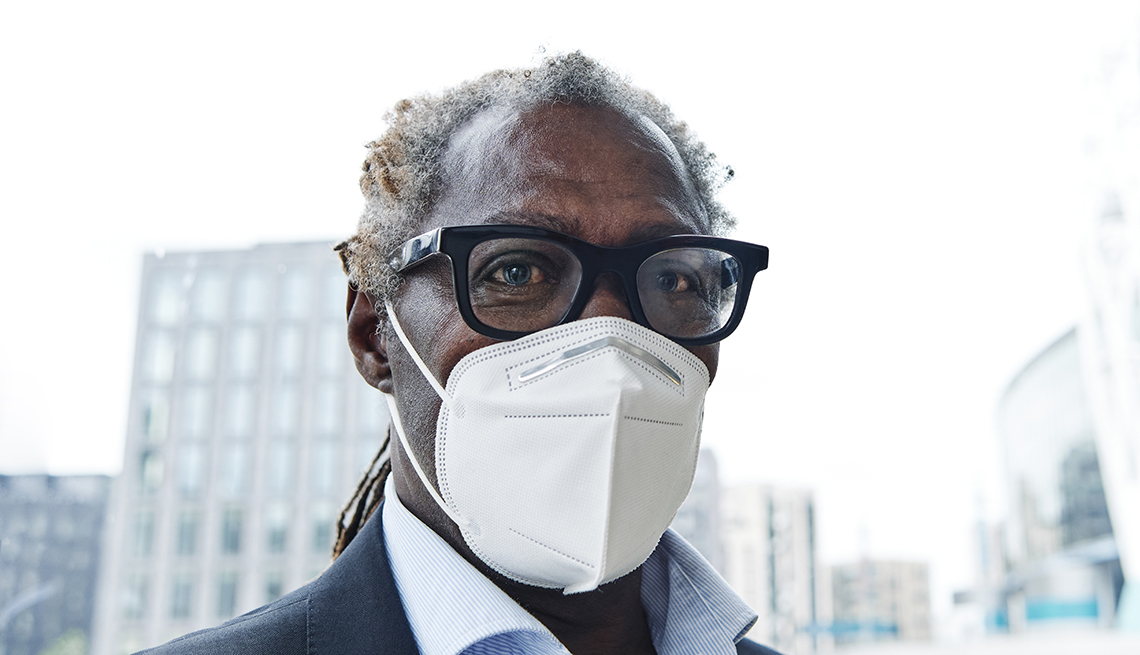
- Select a language for the TTS:
- UK English Female
- UK English Male
- US English Female
- US English Male
- Australian Female
- Australian Male
- Language selected: (auto detect) - EN
Play all audios:
4. MOST AMERICANS ARE UNDERVACCINATED. Still, vaccine effectiveness against severe disease and death from COVID-19 remains high for omicron and its other subvariants, “and likely also for
BA.4 and BA.5,” Walensky said. “So staying up to date on your COVID-19 vaccines provides the best protection against severe outcomes.” Many Americans, however, are not up to date. Less than
half (about 48 percent) of individuals eligible for a first booster dose have received one. And fewer than one-third (about 28 percent) of adults 50 and older, who are at increased risk for
complications from COVID-19, have gone back for their second booster, federal data shows. “We know immunity wanes with coronaviruses, whether that’s [immunity from] natural infection or
vaccination,” top infectious disease expert Anthony Fauci, M.D., said in the July 12 briefing. “And so if you’ve been infected or vaccinated and your time comes for a boost, that’s when you
should go and get the boost.” Older adults, especially, have a less robust immune response than younger adults, making boosters all the more important. “It’s a matter of getting somebody who
is at higher risk of severe disease a little edge to handle a potentially severe problem,” Virk says. Data shows that as of April, people age 50 and older who had one booster dose were four
times more likely to die from COVID-19 than those with two boosters under their belt. And adults 50 and older who had been vaccinated and boosted twice were 42 times less likely to die from
COVID-19 than unvaccinated individuals in the same age group. “If you’re over 50, that extra booster dramatically lowers your risk of getting into the hospital, going to the ICU, and
dying,” said Ashish Jha, M.D., White House COVID-19 response coordinator. 5. COVID REINFECTIONS COME WITH RISKS. Reinfections are becoming more common now that we’re two-plus years into the
pandemic. And that will likely continue as immune-evading variants such as BA.5 tear through the country. But reinfections come with risks, experts caution. Your symptoms may not be as bad
if you get COVID-19 a second or third time, the thinking being that “you’ve got some immunity that’s going to prevent the disease from progressing quickly and to that severe disease state,”
Pekosz says. Emerging research, however, shows that with each infection, even an asymptomatic one, your risk of developing complications — heart attack, stroke, diabetes and long-term
cognitive impairment — increases. Another concern: “We don’t know how reinfection is going to affect things like long COVID,” Pekosz says — a term used to describe new or worsening symptoms
that persist well after an initial coronavirus infection. “And certainly, if you’re reinfected you can spread the virus to others and continue the cycles of transmission,” he adds. STAYING
SAFE FROM THE SUMMER WAVE * DON’T SLEEP ON YOUR BOOSTER. BA.5 may sound like a lot of doom and gloom, but health experts say we have the tools we need to help protect us from some of the
worst outcomes. Topping the list are the vaccines. Everyone 6 months and older is eligible for a primary series; people 5 and older can get a first booster; and adults 50 and older can get
two — so can people with certain health conditions. If you recently had COVID-19, you don’t need to wait months, or even weeks, before getting vaccinated or boosted. You just need to make
sure you’re out of isolation before getting your next shot, the CDC says. What’s more, getting a booster this summer will not preclude you from getting one of the updated vaccines that are
expected this fall or winter. Both Pfizer and Moderna are working on newer versions of their vaccines that target the original coronavirus strain, as well as the omicron variant, including
BA.5.






.jpg?rect=0%2C64%2C2000%2C1050)
